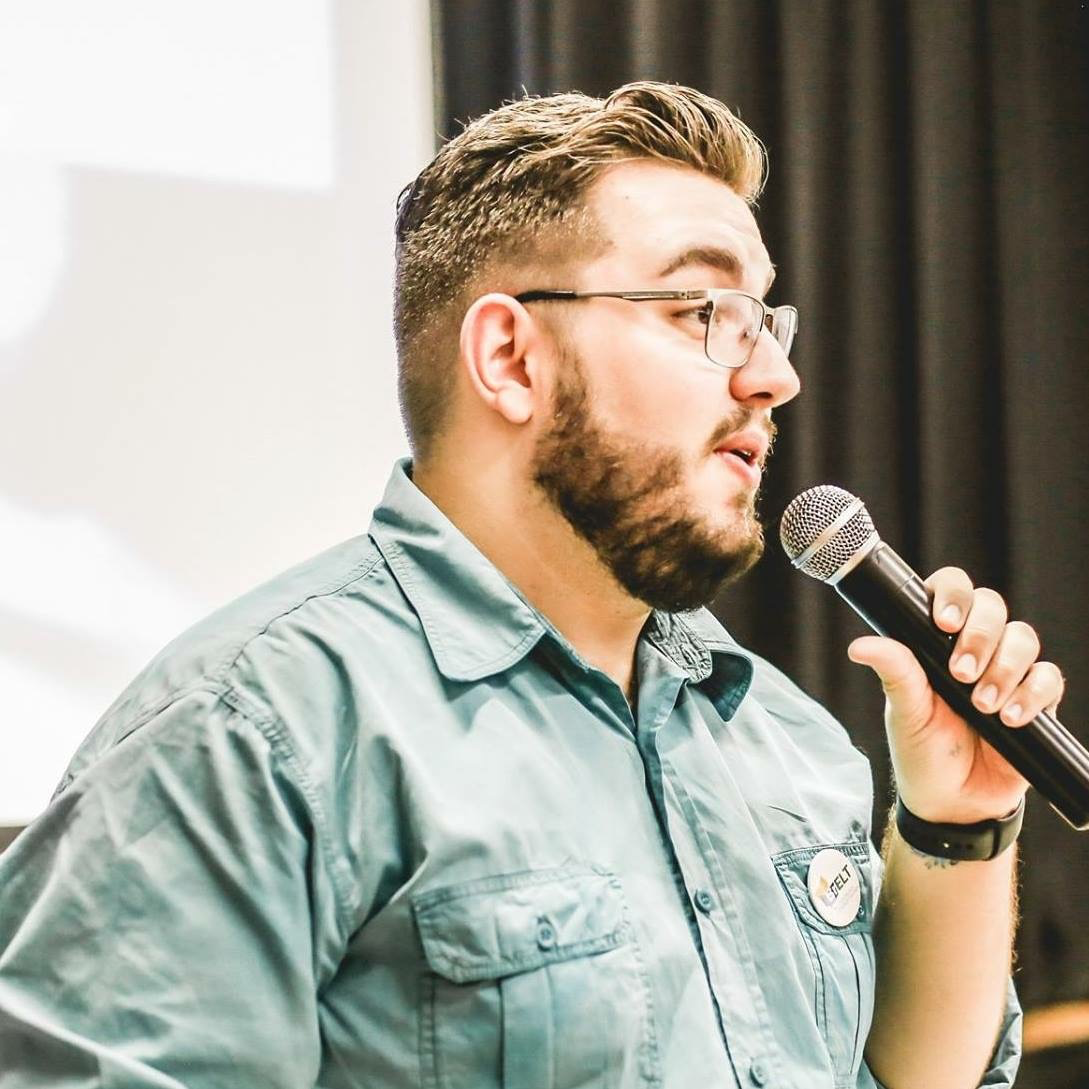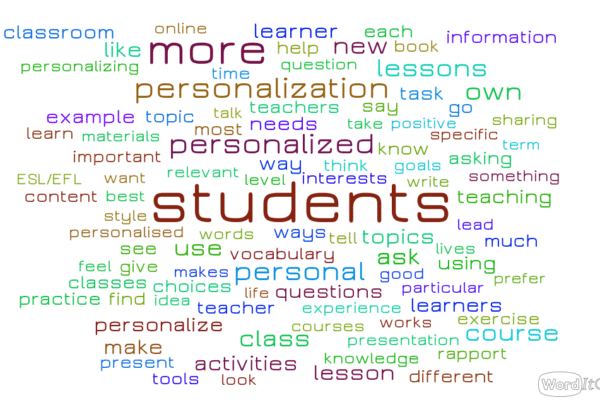The two of you; the two of you; the three of you. 4 reasons for using pair work
We all have our own peculiar little habits that are deeply ingrained in our routine, don’t we? Some of us always put on the socks before the trousers. Others check their phones as soon as they wake up. These aren’t conscious decisions, but rather things that we simply do without really thinking about it, usually because someone told us to do it a long time ago, or we saw someone doing it and assumed that was the “right” way. When we teach, we also have out little habits, such as using pair work.
Not long ago, I was talking to a great teacher from São Paulo, Luiz Felipe, about his lessons and we ended up engaging in a great discussion about pair work. Do we do use so much small-group work for a reason or is it just a little habit we’ve picked up along the way? Do we overuse it? Is there any actual benefit for asking students to “talk to their partner”?
Ever since the rise of the Communicative Approach, it seems like learners working in pairs is an essential feature of lessons. I do agree with that idea to a large extent. But are we using student-student interaction in a meaningful way? Are we actually maximising learner opportunities by adopting our the-two-of-you-the-two-of-you-the-three-of-you routine (apparently, students are in odd numbers 92,57% of the time)?
Reflecting upon my own practice, these are the four goals I usually have in mind when I choose to implement pair work.
Promote group cohesiveness
Allowing students to get to know each other and care for each other may help create an atmosphere in which learners are more motivated to work hard and embrace challenges. Group cohesiveness goes beyond just having a fun ice-breaker or exchanging superficial information, though: it involves respect and genuine interest in peers.
Knowing what your students have to share and contribute to their peers can help you devise meaningful tasks in which students have the opportunity to exchange what they know about the world and collaborate to build knowledge in general, not just information. For example, let’s say you have students of different ages who like music. Allowing them to work together to exchange information about their favourite acts, trying to find similarities between them, may be a great way to help them find common interests.
Build up confidence
Being in a classroom can be a frightening experience, and we sometimes forget that. This discomfort can be even more overwhelming to learners who are introverts or are struggling to develop a positive self-image. However, it not uncommon for us to end up calling students out to provide ideas and answers to activities without gauging how confident they are. As a result, learners might feel exposed and vulnerable and refrain from voicing their opinions, and those learners that are naturally more outgoing and outspoken might end up receiving all the attention and validation.
On the other hand, allowing students to check their ideas in pairs before eliciting the correct answers in front of the whole group could give learners another chance not only to revisit and justify their answers, but also to build up the confidence necessary to contribute in front of their peers.
Brainstorm ideas
Productive skills (Speaking and writing) can be tricky for learners, especially in moments of freer practice and lessons that revolve around process writing. As teachers, we tend to provide extensive support to students when it comes to the language they could use to perform the task, but they very frequently end up drying up after only a few minutes (or seconds) of interaction or production of a text. More often than not, all the language support we provide goes to waste because learners are not actually struggling with language: they simply don’t know what to say!
To help students avoid writer’s block (or speaker’s block, for that matter) is to allow preparation time before speaking or writing activities. Rather than delivering your instructions and immediately asking students to perform, consider allowing one or two minutes for them to organise their ideas before they actually engage in speaking or writing. Students could do this on their own, of course, but counting on a peer to help brainstorm ideas might help them see the topic form a different perspective or have access to information they don’t have, thus improving the quality of the end-product.
Engage in collaborative work
Every day more, the job market has been demanding ability to work in teams. The increased odds of our students being a multi-cultural environment means that intercultural as well as interpersonal skills are vital. If we are aiming to help students be better prepared for the challenges in communication they will face in real life, it is only natural that we also help them develop their potential to work in collaboration with others.
Collaboration goes beyond “doing the exercise in pairs”, though. For a genuine collaborative environment to be established, it is useful to devise tasks and activities in which there is a positive interdependence, where students share a goal and take on clear roles to achieve them. This leads to more clarity regarding individual and group accountability, and helps groups become better able to evaluate their own performance, reflecting upon the group’s experience and their own individual contributions. Task-Based Learning can be super helpful when trying to achieve that!
Clearly, this is not an exhaustive list, so it would be great to hera from you. Why do you use pair work?
Useful reading: Arnold, J. (1999) Affect in Language Learning. Cambridge: CUP.






